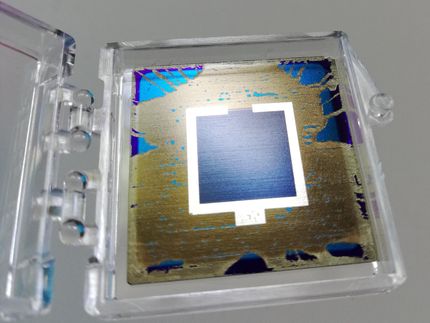Biodegradable electronics
Shellac is a natural resin found in large quantities in the forests of Thailand and India, where it is secreted into the bark of trees by the female lac bug. Currently used in the fashion and beauty industry as a hard-wearing nail varnish, this material has also been used to make gramophone records and as a furniture finish.
Now, a team of scientists in Austria, led by Mihai Irimia-Vladu, in collaboration with co-workers in Romania and Turkey, have exploited the properties of shellac to fashion biocompatible organic field-effect transistors (OFETs). Together with their better known cousins – organic photovoltaics (OPVs) and organic light-emitting diodes (OLEDs) – OFETs are already revolutionising the electronics industry, bringing us flexible displays and light-weight solar-powered chargers for starters. Switching the substrate material and dielectric layer to a bio-origin material such as shellac can help make such gadgets biodegradable and allows for easier use of OFETs for in vivo applications.
Other news from the department science

Get the chemical industry in your inbox
From now on, don't miss a thing: Our newsletter for the chemical industry, analytics, lab technology and process engineering brings you up to date every Tuesday and Thursday. The latest industry news, product highlights and innovations - compact and easy to understand in your inbox. Researched by us so you don't have to.








![[Fe]-hydrogenase catalysis visualized using para-hydrogen-enhanced nuclear magnetic resonance spectroscopy](https://img.chemie.de/Portal/News/675fd46b9b54f_sBuG8s4sS.png?tr=w-712,h-534,cm-extract,x-0,y-16:n-xl)















































